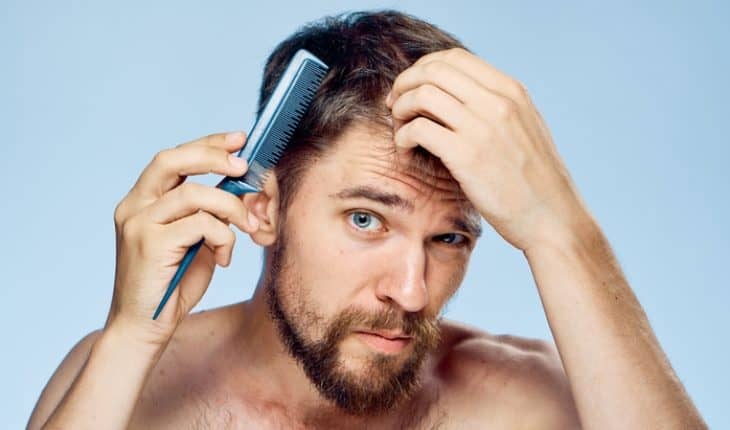If you’ve got an interest in hair restoration, or you’re worried about losing your own locks, chances are you saw the news announcing a ‘critical breakthrough’ in the fight against hair loss.
Newspapers and websites trumpeted a ‘cure for baldness’, courtesy of scientists at the Sanford Burnham Prebys Medical Discovery Institute in La Jolla, California.
But I wouldn’t start throwing away your hats just yet.
Because while there’s cause for optimism, this research may not quite be the great white hope it’s being made out to be.
And we’re still a long, long way from being able to champion a ‘cure’ for lost follicles.
Let’s look at the evidence, which was presented at the annual meeting of the International Society for Stem Cell Research (ISSCR) in Los Angeles.
The scientists here were able to grow hair through the skin of mice using induced pluripotent stem cells to make dermal papilla cells – which govern hair growth – attached to a biodegradable scaffold.
They suggest it’s a method that could provide ‘unlimited’ hairs for someone who needs them.
However, it’s important to note that growing human hairs on mice is not new – this sort of work using human dermal papilla cells has been performed for more than 20 years.
And the perpetual problem lies in translating these results from mice to humans.
At this moment in time, that has never been done to a level that is cosmetically useful, and the biology of humans and mice is simply not the same.
And finding a solution to this problem is one of the billion dollar questions in the field of hair restoration.
What happens is that the human dermal papilla cells lose their ability to make new hair shafts in human skin once they are outside their natural habitat, and so exporting them to a human head has so far been incredibly difficult.
Work is ongoing in several laboratories around the world investigating how human dermal papilla cells can generate new hair and, although the research is very promising, no one has yet made a cosmetically useful new hair from human cells
So where do we go from here..?
There has been advancements in our basic understanding of the process of hair loss.
And that is leading to alternative ways in which dermal papilla cells could be used at the initial signs of balding.
When dermal papilla cells at the hair root, it results in the hair shaft itself becoming thinner and shorter and which gives the appearance the hair has been lost.
Yet there has been positive clinical advancements in technology that allows someone to ‘bank’ or freeze healthy hair follicles for future use.
When needed, the hairs would be thawed and the dermal papilla cells can then be isolated and multiplied many times in the lab.
These multiplied cells can then be injected back into the patient’s scalp, where they can target miniaturising hairs and begin the rebuilding and rejuvenating process.
The point here is that there’s promise when it comes to rebuilding existing, thinning hairs.
And we may one day, be able to regenerate as many new hairs as we need, at any point in time, without worrying whether or not we’re going to run out in the future.
But such technology currently eludes us – despite last week’s proclamations.
And if you’re among the many who suffer from Androgenic alopecia – aka male or female pattern baldness and which affects 80% of men and 40% of women throughout a lifetime – there may be technologies to rebuild newly miniaturising hairs, but if they have been lost completely then you’ll have to bide your time for now and concentrate your efforts on hanging on to the hair you have.
- ‘Breakthrough’ in Hair Loss Technology Might Not Be Such a Crowning Glory… - 15th August 2019







